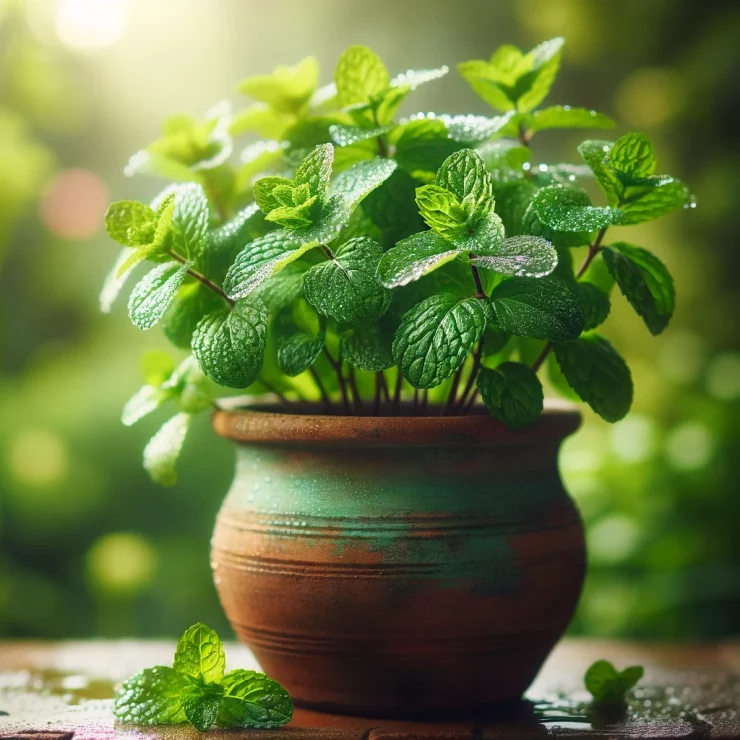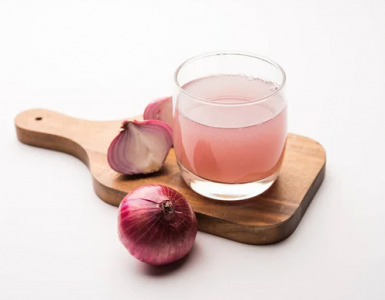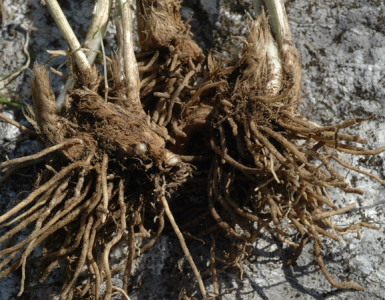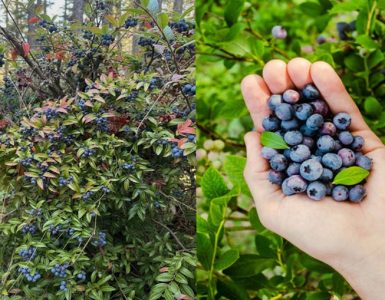Mint is a versatile herb that adds a refreshing touch to culinary creations and beverages. Whether you’re a seasoned gardener or just starting out, cultivating vibrant, healthy mint plants can be a rewarding experience. However, sometimes these aromatic herbs can present challenges, such as wilting or slow growth. Fear not! With the right techniques and secrets, you can revive struggling mint plants or ensure robust growth from the start.
Choose the Right Location:
Mint thrives in partial shade to full sun, but it’s essential to provide adequate shelter from scorching afternoon rays. Opt for a location with well-draining soil to prevent waterlogging, which can lead to root rot. If you’re growing mint indoors, place pots near a sunny window to encourage lush foliage.
Optimal Soil Conditions:
Mint prefers slightly acidic to neutral soil with a pH range of 6.0 to 7.0. Incorporate organic matter such as compost or aged manure into the soil to improve fertility and texture. Avoid heavy clay soils, as they can hinder drainage and stunt growth. Regularly check soil moisture levels and water when the top inch feels dry to the touch.
Proper Watering Techniques:
While mint enjoys consistently moist soil, overwatering can be detrimental. Water plants deeply but infrequently to encourage deep root growth. Aim to keep the soil evenly moist, especially during hot summer months. Mulching around plants can help retain moisture and suppress weeds, promoting healthier growth.
Pruning and Maintenance:
Regular pruning is key to promoting bushy, vigorous mint plants. Pinch off the growing tips regularly to encourage lateral branching and prevent leggy growth. Remove any yellowing or dead leaves to maintain plant health and aesthetics. Additionally, divide overcrowded clumps every few years to rejuvenate growth and prevent overcrowding.
Fertilize Wisely:
Mint is a relatively low-maintenance herb, but occasional fertilization can boost growth and vitality. Apply a balanced fertilizer or a nitrogen-rich feed during the growing season, following package instructions carefully. Avoid over-fertilization, as excessive nutrients can lead to leaf burn and diminished flavor.
Pest and Disease Management:
Keep an eye out for common pests such as aphids, spider mites, and mint rust, especially in humid conditions. Regularly inspect plants for signs of infestation, and promptly treat affected areas with organic insecticidal soap or neem oil. Proper spacing and good airflow can help minimize disease incidence and ensure healthier plants.
Harvesting Tips:
Harvest mint leaves regularly to encourage new growth and prevent plants from becoming woody. Snip stems just above a leaf node to promote branching and maintain a compact habit. For the freshest flavor, harvest leaves in the morning when essential oils are most concentrated.
By implementing these best-kept secrets for growing and reviving beautiful mint plants, you can enjoy a bountiful supply of this aromatic herb year-round. Whether you’re adding a sprig to your favorite cocktail or infusing it into culinary creations, vibrant, healthy mint is sure to elevate your dishes and delight your senses. With proper care and attention to detail, you’ll be well on your way to cultivating a thriving mint garden that’s the envy of all who encounter it.






Add comment